Capital:
Minsk
Currency
Belarusian ruble
Best time to visit:
from april to september
In a word:
Ura (cheers)
Vaccines
None
Essential experiences:
Get lost in the ancient quarters of central Minsk where you can still breathe a Soviet air; Move on the island of tears; Enjoy an excellent borsc


Belarus is a very hospitable country and for the moment still quite unknown to the West. Although there are historic and artistic monuments of great value, most of which date back to the Soviet Union, the flow of tourists is not so great in Belarus.
We land in the capital: Minsk, one of the most undervalued destinations in Europe.
The wind is starting to change; not long ago, in fact, travelers can enter Belarus without a tourist visa, a real revolution here!
This offers great opportunities to learn more about the history of a country still little known to the majority of travelers. This time we will focus only on the discovery of this city, reserving for us the exploration of this wonderful nation in an upcoming future journey! So even just four days of travel will bring us lots of new knowledge!
We stay at the "Sport Time Hotel”, excellent choice, in the modern area of the city and a stone's throw from the futuristic Minsk Arena, the great sports center!
In Minsk we were immediately struck by the green of the parks, everywhere, immense and cared for, we remember that green is one of the most expensive colors for Belarusians, also present in the flag (symbol of hope and nature) together with red (blood and blood). 'national pride' in addition to the lateral string that recalls the union and attachment to traditions!
"Island of tears", an impressive island on an artificial lake, connected by a bridge and built in memory of those killed in the conflict in Afghanistan ...
There is a large statue with many women holding a candle, a jar, all symbols of hope ... hope to see loved ones return from that distant land. There are also many rocks, each bearing the name of an Afghan mountain, so high for the Belarusians who have a completely flat territory!
We visit the Trinity Suburb where there is still an old synagogue, now transformed into a museum, or the old colored houses (because in the past there were no house numbers and the houses were recognized by colors).
We stop in the ancient city center where the most important Orthodox and Catholic churches rise ... we remember that, during the Soviet domination, the religion was forbidden and all the churches were destroyed or transformed into public offices ... therefore also the historical center, in the last decades, it has been completely renovated and refurbished.



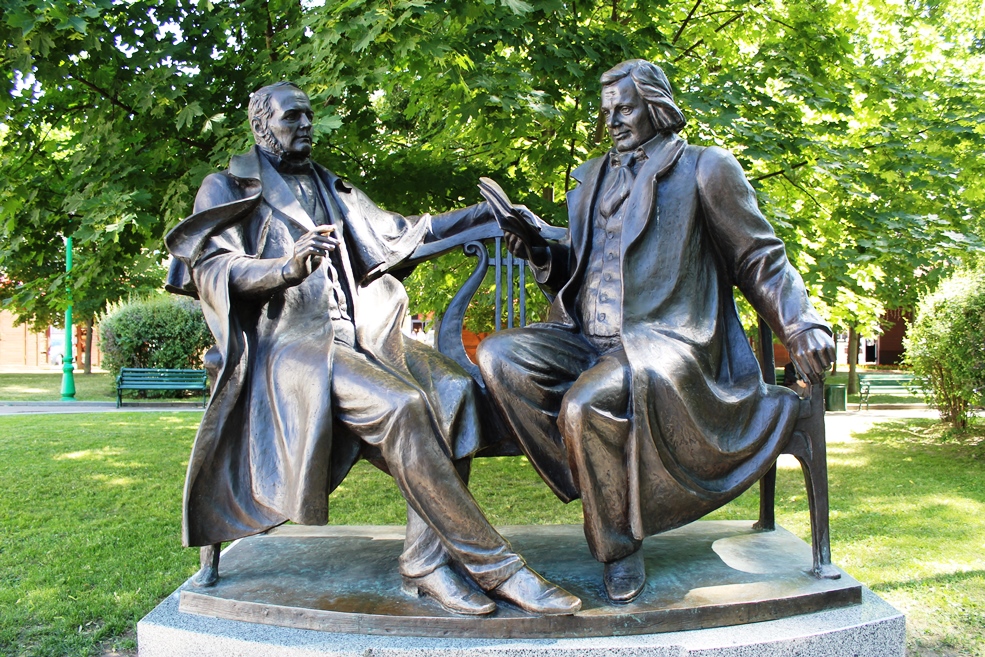

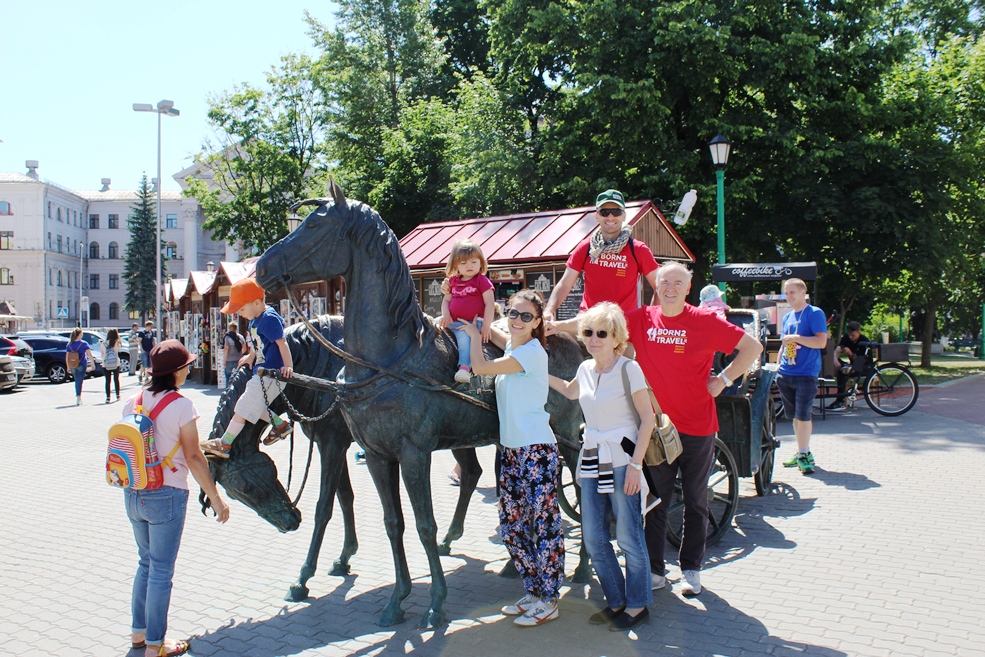














Today we decide to visit the museum dedicated to the Second World War, a giant Soviet-style mausoleum where a large red flag with a yellow hammer and sickle is flying ... what a strange feeling! For a moment I felt in the Soviet Union.
The museum is huge, there is so much to show, so much to say and pass on to the new generations because what happened in those terrible years must never happen again.
Here you will hear stories of resistance, oppression, cries of freedom and harsh regimes. Here you will see places that speak of a story never heard, which I am sure will reserve unexpected surprises for you.


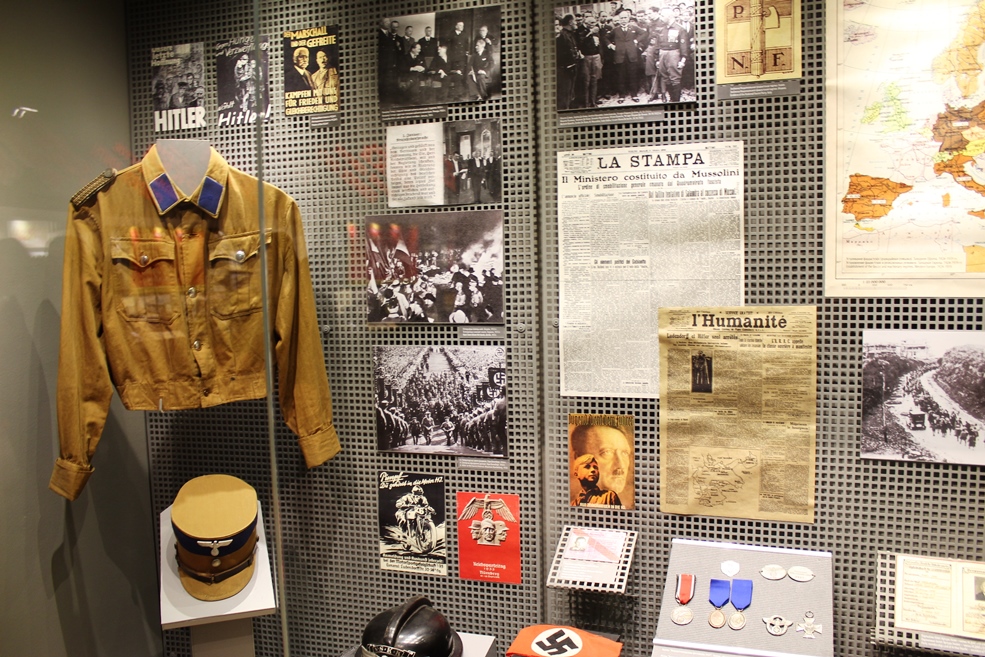
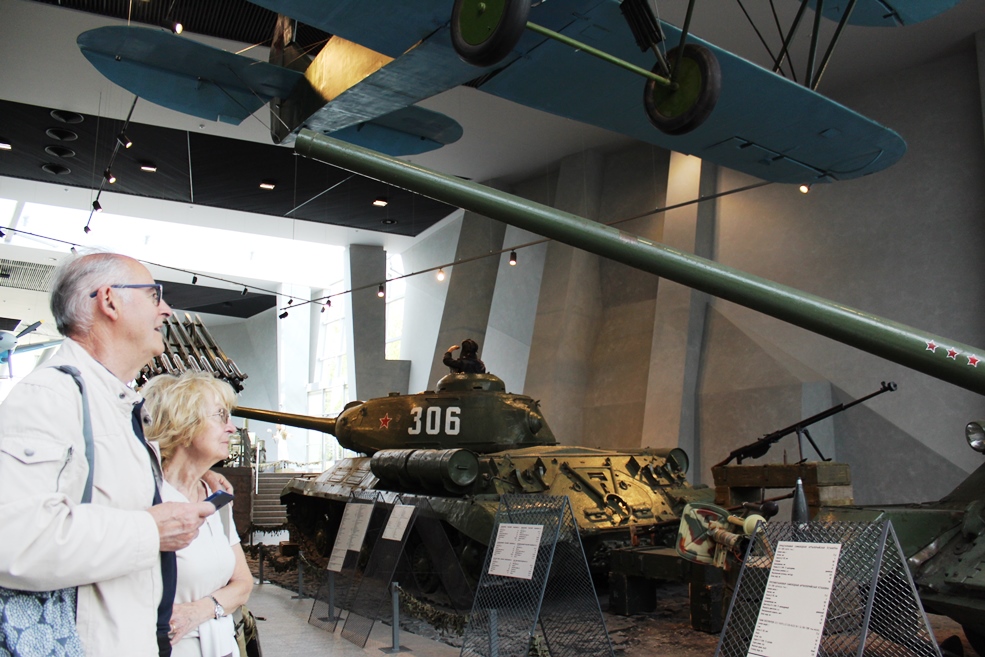
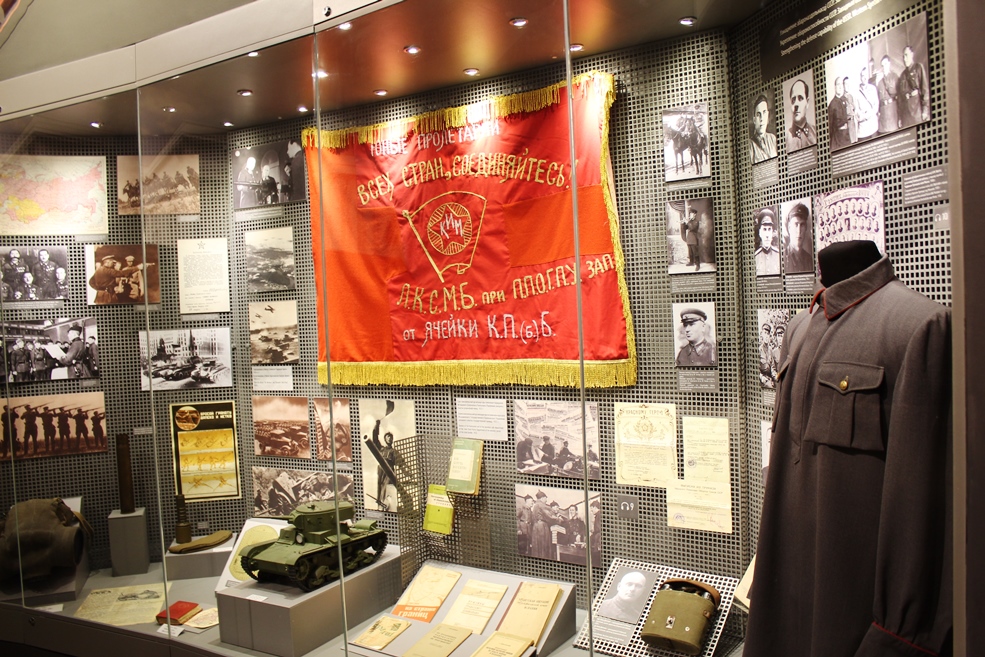


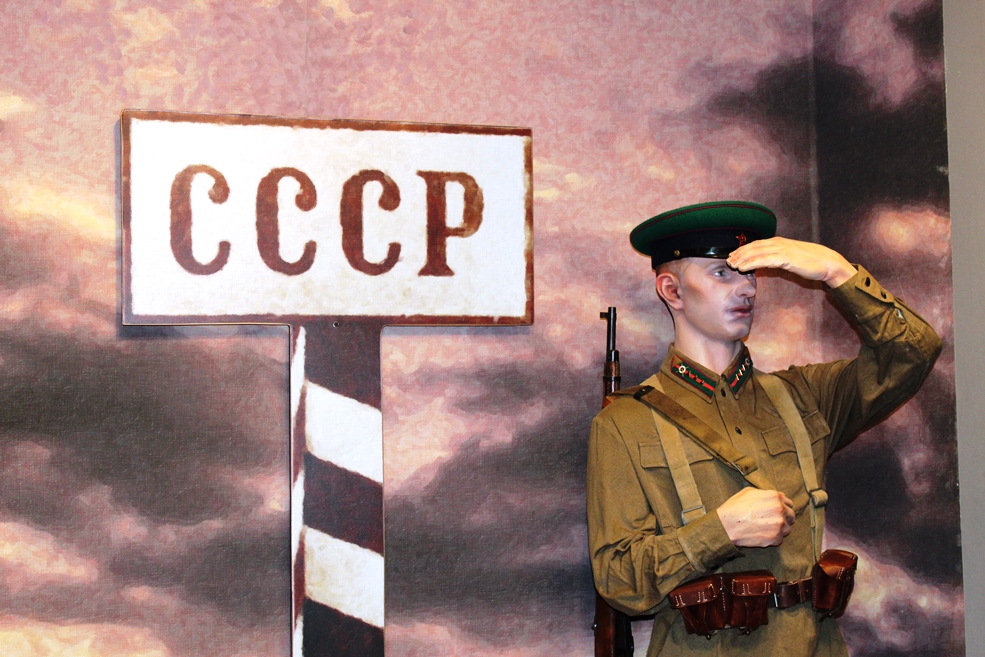

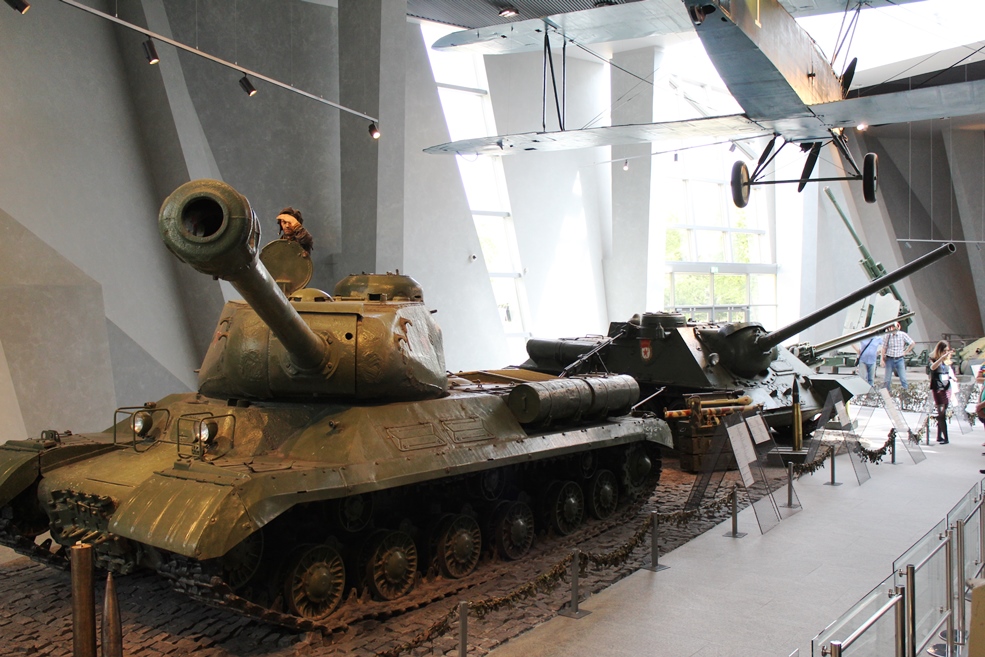


The staff of our hotel offers us a delicious typical Belarusian lunch where, among the many dishes, we taste the famous soup "Borshch", or Boršč ... a special soup that has a very curious history.
It is a soup originally from Ukraine, which is widespread in most of the former USSR countries following the advance of Soviet troops; not by chance of bright red color, made of beetroot and tomato and that has in itself the taste of history, of the fallen and the victories.
Not far from the center of Minsk is the Orthodox Cathedral of the Holy Spirit. The latter is also the largest and most popular place of worship in Belarus, which is a predominantly Christian-Orthodox nation. In other areas of the city there are many Christian churches, including Catholic and Protestant ones (but they are clearly less).
In Minsk it is still possible to admire monuments that refer to the communist past. It is a question, to tell the truth, of an exclusivity that must be seen as soon as possible. This is due to political trends.
In fact, in the ex-Soviet states, there is a tendency to cancel the monuments linked to the communist past, replacing them with other modern or patriotic statues. For this reason, given that the times are rapidly changing, it would be necessary to take advantage of and see the places of Soviet interest as soon as possible.
Error: No feed found.
Please go to the Instagram Feed settings page to create a feed.
2 Responses
Sto visitando il mondo con le vostre immagini e sto conoscendolo attraverso il vostro diario, sempre ricco di informazioni e denso delle emozioni che voi vivete . Bravi ragazzi, lo sapete quanto vi invidio (in senso buono,naturalmente) . Nora è una bimba fortunata, quando inizierà il suo percorso scolastico non avrà bisogno di fare tante ricerche, avendo già un così ricco bagaglio di conoscenze vissuto sul campo, anzi già la vedo raccontare ai suoi compagni, tutte le sue numerose avventure. Ciao ragazzi, un forte abbraccio ed un bacino a Nora.
Grazie mille cara Nuccia per il bellissimo messaggio… come diciamo sempre: non è facile viaggiare con una bimba cosi’ piccola ma ne vale la pena! Ormai è diventato il nostro slogan… Tante volte ci siamo chiesti se stessimo facendo la cosa giusta perchè tanto un giorno “non ricorderà nulla”, invece no: moltissime volte ci ha stupiti con i suoi collegamenti logici, da bambina di 3 anni, e questo ci ha fatto capire che siamo sulla strada giusta!!! Ora pero’ stiamo vivendo un periodo davvero duro per questo dannato virus… Speriamo che passi presto! Forza tutti